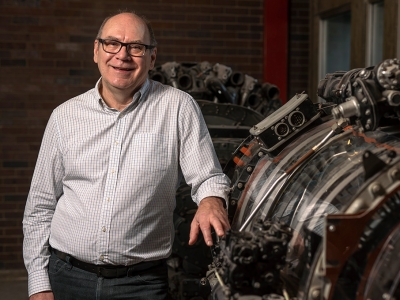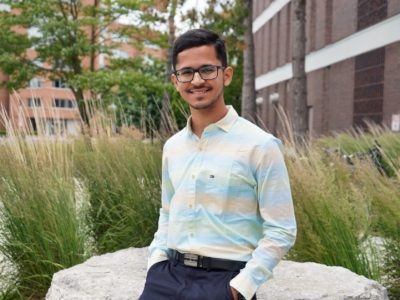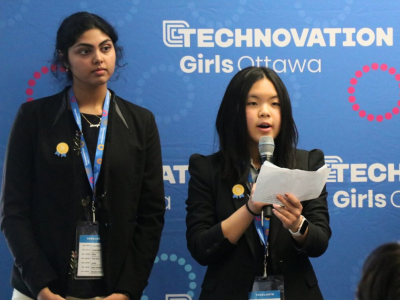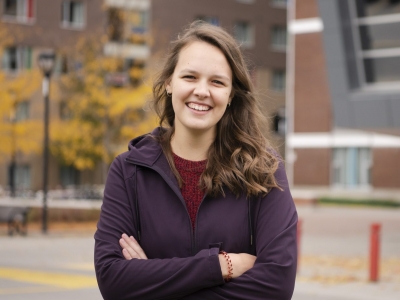By Alexandra Sebben
Carleton University’s Mario Santana Quintero, professor in the Department of Civil and Environmental Engineering and cross-appointed with the Azrieli School of Architecture and Urbanism, has been named a Fellow of the Association for Preservation Technology International (APT). Professor Santana Quintero was inducted to the APT’s College of Fellows at a virtual ceremony on October 27, 2021.
Fellows of APT are nominated by their colleagues and elected by a committee of APT’s members. This prestigious recognition selects six new Fellows every year who demonstrate service to promoting the best technology for preserving historic structures and their settings around the world.
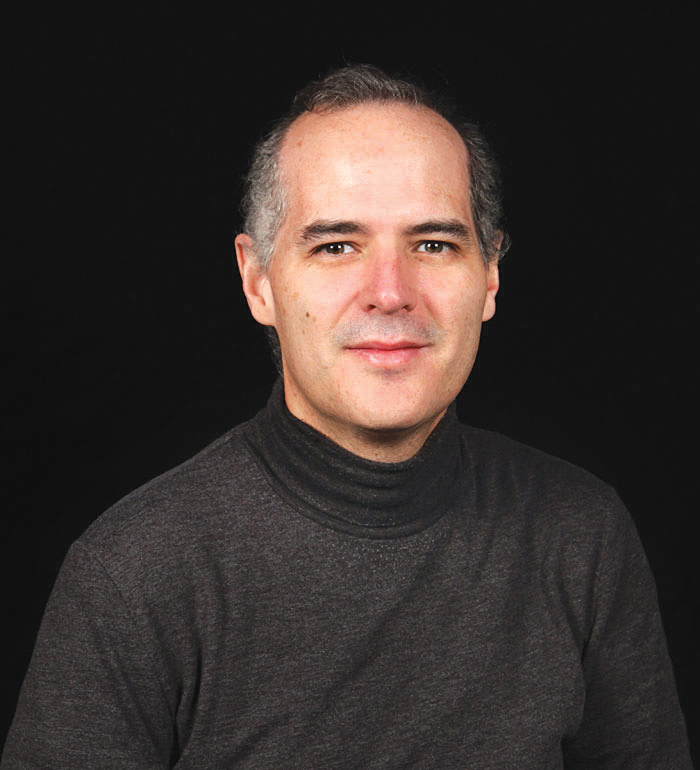
Professor Mario Santana Quintero
“It’s an honour to be elected as a Fellow of APT,” says Santana Quintero. “For almost a decade at Carleton, I have advanced digital advancement workflows for recording buildings in 3D with a high resolution of detail.”
Professor Santana Quintero is an internationally recognized research leader in historic site recordings and building conservation. He is the Secretary General for the International Council of Monuments and Sites (ICOMOS), the Director of the Natural Sciences and Engineering Research Council of Canada (NSERC) Heritage Engineering Program, and the co-lead on Carleton University’s Climate Heritage Network (CHN) commitment to protecting arts and cultural heritage sites from climate change. He is also a passionate educator who is dedicated to teaching the next generation of conservation professionals and helping them make a mark in this field.
“The strong number of conservation research projects at Carleton greatly benefits the advancement of conservation research,” Santana Quintero explains, “especially now at a time where we need to prepare for radical change in our environment and address the impacts of the climate on our arts, culture and heritage sites.”
APT is a multi-disciplinary, membership organization dedicated to promoting the best technology for protecting historic structures and their settings. APT’s mission is to advance appropriate traditional and new technologies to care for, protect, and promote the longevity of the built environment and to cultivate the exchange of knowledge throughout the international community.
Thursday, October 28, 2021 in Architectural Conservation and Sustainability, Faculty, Feature Stories, Interdisciplinary, Lead Feature Story, Research, Sustainable and Renewable Energy
Share: Twitter, Facebook
